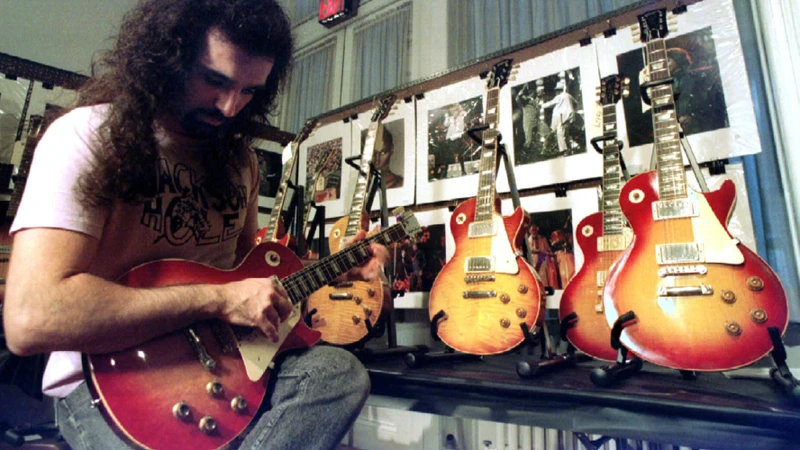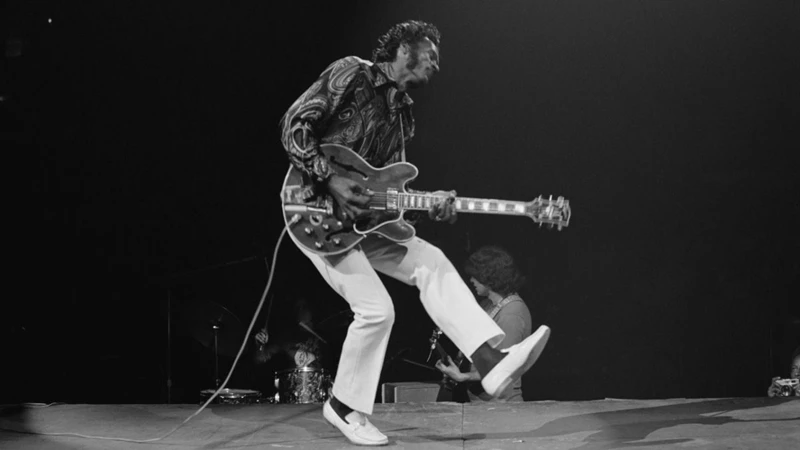Rock and roll, electric guitar, and country music have long been intertwined in the fabric of American music history. These genres have influenced each other in various ways, resulting in a unique blend of sounds that have captivated audiences around the world. In this blog post, we will explore the connection between rock and roll, electric guitar, and country music, delving into their origins, evolution, and impact on the music industry.
Origins of Rock and Roll
Rock and roll emerged in the 1950s as a fusion of various musical styles, including rhythm and blues, gospel, and country. Artists like Elvis Presley, Chuck Berry, and Little Richard helped popularize the genre, bringing a new energy and rebellious spirit to the music scene. The electric guitar played a crucial role in shaping the sound of rock and roll, with its distorted tones and powerful riffs adding a dynamic edge to the music.
The Rise of the Electric Guitar
The invention of the electric guitar revolutionized the music industry, allowing musicians to amplify and distort their sound in ways that were previously impossible. Pioneering guitarists like Les Paul and Leo Fender developed innovative designs that became iconic symbols of rock and roll. The electric guitar’s versatility and expressiveness made it the perfect instrument for the genre, enabling artists to create a wide range of sounds and textures.
Impact of Country Music on Rock and Roll
Country music has also played a significant role in shaping the sound of rock and roll. Artists like Johnny Cash, Hank Williams, and Patsy Cline infused elements of country music into their songs, influencing the development of rockabilly and country rock. The twangy guitar licks and heartfelt lyrics of country music found a natural home in the world of rock and roll, bridging the gap between these two genres.
Evolution of Electric Guitar in Country Music
As rock and roll continued to evolve, so did the role of the electric guitar in country music. Artists like Merle Haggard, Willie Nelson, and Dolly Parton embraced the electric guitar, incorporating its dynamic sound into their traditional country songs. The twangy tones of the electric guitar added a new dimension to country music, expanding its sonic palette and attracting a wider audience.
Country Rock and the Electric Guitar
In the 1970s, the emergence of country rock brought the electric guitar to the forefront of the genre. Bands like The Eagles, Creedence Clearwater Revival, and Lynyrd Skynyrd blended elements of rock and country, creating a sound that resonated with fans of both genres. The electric guitar solos and intricate riffs in country rock songs showcased the instrument’s versatility and power, cementing its place in the country music landscape.
Modern Trends in Rock Roll Electric Guitar Country Music
In recent years, artists have continued to push the boundaries of rock and roll, electric guitar, and country music. Bands like The Black Keys, Alabama Shakes, and Sturgill Simpson have infused these genres with new energy and creativity, experimenting with different sounds and styles. The electric guitar remains a central element in their music, serving as a driving force that propels their songs forward.
Influence of Rock Roll Electric Guitar Country Music
The influence of rock and roll, electric guitar, and country music can be felt across a wide range of musical genres. From pop to indie to alternative rock, elements of these genres can be heard in the music of contemporary artists. The enduring appeal of the electric guitar, with its raw power and emotional depth, continues to inspire musicians and audiences alike, ensuring that the legacy of rock and roll and country music will live on for generations to come.
Impact on Music Industry
The fusion of rock and roll, electric guitar, and country music has had a lasting impact on the music industry. These genres have shaped the way music is created, produced, and consumed, influencing everything from songwriting techniques to recording technologies. The iconic sounds of the electric guitar and the heartfelt lyrics of country music have left an indelible mark on the industry, inspiring countless artists to follow in their footsteps.
Cultural Significance
Beyond its musical influence, rock and roll, electric guitar, and country music hold cultural significance as well. These genres have become symbols of rebellion, freedom, and self-expression, resonating with people from all walks of life. The electric guitar, in particular, has become a cultural icon, representing the spirit of rock and roll and the power of music to unite and inspire.
Are you a fan of rock and roll music? Interested in the role of electric guitars in country music? Check out our articles on contemporary electric guitar country music, electric guitar country music, rhythm guitar country music, Hawaiian steel guitar in electric guitar country music, and electric guitar strings in country music for more insights into this dynamic genre!
Conclusion
In conclusion, the connection between rock and roll, electric guitar, and country music is a testament to the enduring power of music to transcend boundaries and bring people together. These genres have shaped the course of music history, leaving an indelible mark on the industry and influencing generations of musicians. As we look to the future, it is clear that the legacy of rock and roll, electric guitar, and country music will continue to inspire and captivate audiences around the world.


